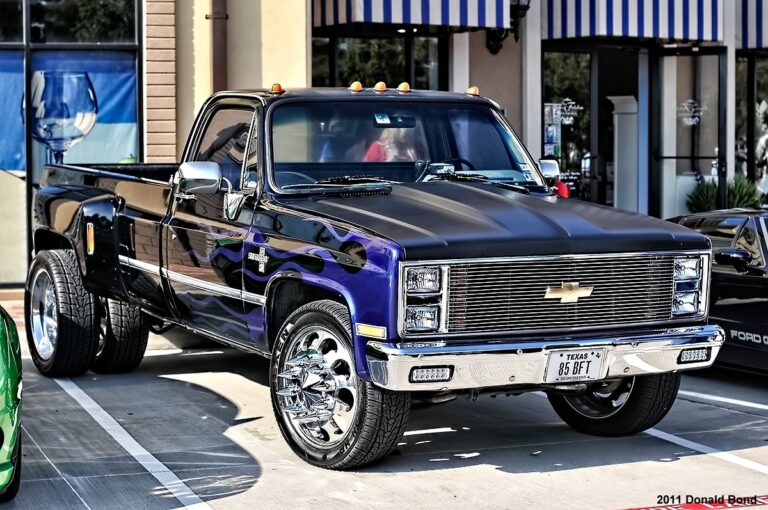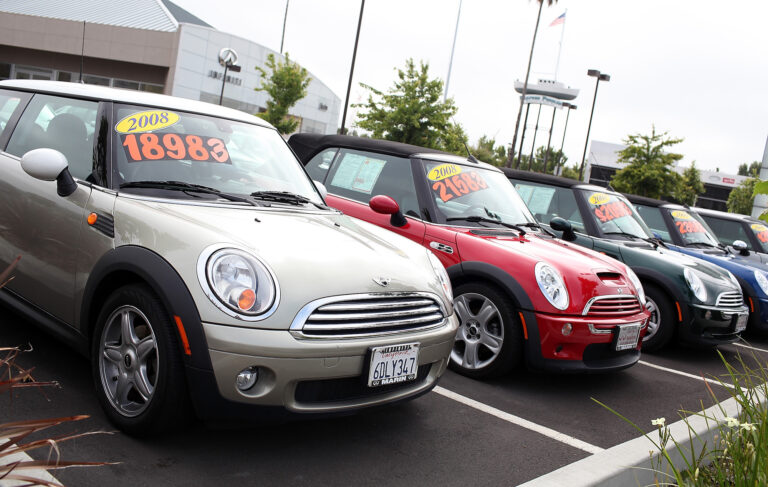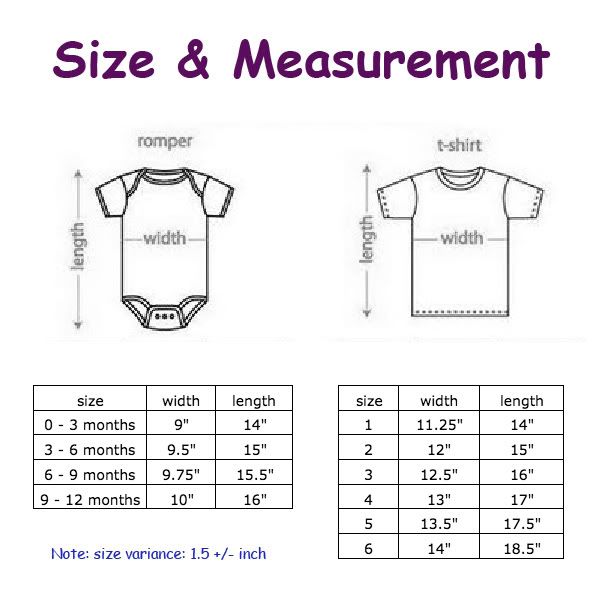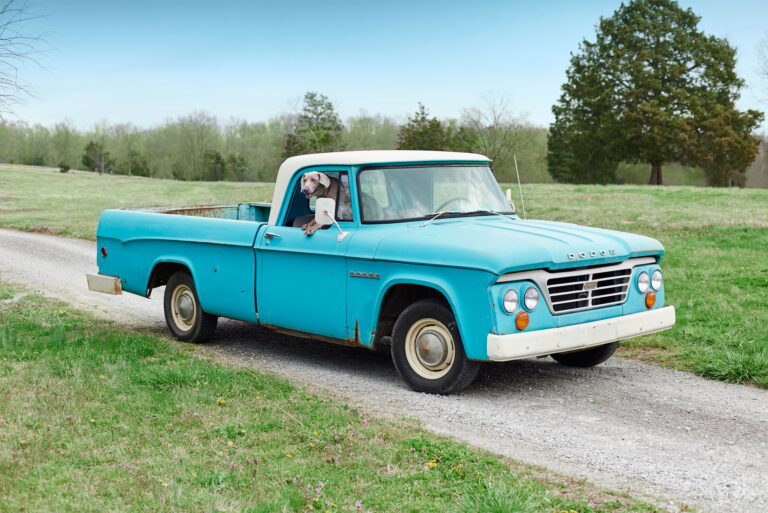All Auto Manufacturers Of The 1920s: A Decade of Automotive Revolution
All Auto Manufacturers Of The 1920s: A Decade of Automotive Revolution cars.truckstrend.com
The 1920s, famously dubbed the "Roaring Twenties," was a transformative era for the automobile industry. Emerging from the shadow of World War I, this decade witnessed an unprecedented boom in consumerism, technological advancement, and a fundamental shift in how people lived, worked, and traveled. The automobile, once a luxury toy for the wealthy, rapidly evolved into an indispensable component of modern life, driving economic growth and reshaping societal structures. This period was a crucible of innovation, intense competition, and dramatic consolidation, laying the groundwork for the global automotive giants we know today. Understanding the landscape of auto manufacturers in the 1920s is not just a historical exercise; it’s a deep dive into the forces that forged modern industry, from mass production and marketing strategies to the relentless pursuit of efficiency and market dominance.
The Dawn of Mass Production and Ford’s Unchallenged Reign (Early 1920s)
All Auto Manufacturers Of The 1920s: A Decade of Automotive Revolution
As the 1920s dawned, one name dominated the automotive world: Ford. Henry Ford’s revolutionary assembly line, introduced in 1913, had perfected the art of mass production, making the Model T accessible to the average American family. By the early 1920s, the Model T was ubiquitous, accounting for roughly half of all cars on American roads. Its simplicity, durability, and astonishingly low price (dropping to as low as $290 by the mid-decade for the touring car) made it the ultimate symbol of democratization.
Ford’s philosophy was singular: build one car, the Model T, and build it as cheaply as possible. This "any color as long as it’s black" approach, while brilliant for volume and cost reduction, eventually became its Achilles’ heel. Ford’s success, however, forced every other manufacturer to confront the realities of scale, efficiency, and pricing. Those who couldn’t adapt quickly enough faced an existential threat.
The Rise of General Motors: Diversification and Marketing Mastery
While Ford mastered volume, General Motors (GM) under the visionary leadership of Alfred P. Sloan Jr. began to carve a different path, one that would redefine the industry. Sloan recognized that while Ford offered "a car for every purse," GM could offer "a car for every purse and purpose." This strategy involved a multi-brand approach, segmenting the market with distinct marques:
- Chevrolet: Directly competing with Ford in the low-price mass market. Chevrolet’s gradual introduction of more features, styling variations, and eventually, the option of colors beyond black, began to chip away at Ford’s dominance.
- Pontiac, Oldsmobile, Buick: Occupying the mid-price segments, offering increasing levels of comfort, power, and prestige.
- Cadillac: The pinnacle of luxury and engineering excellence, catering to the affluent.
GM’s innovations extended beyond product diversification. Sloan pioneered concepts like annual model changes (introducing planned obsolescence), consumer credit through GMAC (General Motors Acceptance Corporation), and sophisticated marketing and dealer networks. This multi-faceted approach allowed GM to offer consumers choice, aspirational upgrades, and flexible purchasing options, fundamentally challenging Ford’s monolithic strategy. By the end of the decade, GM was rapidly gaining ground, positioning itself to surpass Ford as the world’s largest automaker.
Chrysler’s Emergence: Engineering Prowess and Rapid Ascent
The "Big Three" of American automotive manufacturing – Ford, GM, and Chrysler – solidified their positions during the 1920s. Walter P. Chrysler, a former Buick president, founded the Chrysler Corporation in 1925, building on the remnants of the Maxwell Motor Company. Chrysler’s rapid ascent was remarkable, fueled by a strong emphasis on engineering innovation, performance, and stylish design.
Key moves by Chrysler in the 1920s included:
- The Chrysler Six: An immediate success upon its 1924 debut (under Maxwell), it offered advanced features like high-compression engines, four-wheel hydraulic brakes, and rubber engine mounts, features often found only in much more expensive cars.
- Acquisition of Dodge Brothers: In 1928, Chrysler acquired Dodge Brothers, a well-established and respected manufacturer known for its durable and reliable vehicles. This acquisition instantly propelled Chrysler into the top tier of American automakers, giving it a strong presence in the mid-price market.
- Introduction of Plymouth and DeSoto: Also in 1928, Chrysler launched Plymouth to compete directly with Ford and Chevrolet in the low-price segment, and DeSoto to fill a niche between Dodge and Chrysler.
By the close of the decade, Chrysler had established itself as a formidable third player, demonstrating that a focus on engineering excellence and strategic acquisitions could quickly disrupt the established order.
The Independents: Niche Markets, Innovation, and the Struggle for Survival
Beyond the "Big Three," the 1920s was teeming with hundreds of independent automobile manufacturers, a testament to the industry’s dynamic and often chaotic nature. Many were small, regional operations, while others were established players with long histories. These independents often carved out niches based on luxury, specific engineering innovations, or unique designs. However, the relentless pressure of scale, price competition, and the growing sophistication of the larger companies proved too much for many.
Notable Independents and Their Characteristics:
- Packard: A premier luxury brand, known for its superb engineering, quality, and elegant styling. Packard cars were status symbols, competing with Cadillac at the top end of the market.
- Studebaker: One of the oldest names in transportation, Studebaker transitioned from horse-drawn vehicles to automobiles successfully. It produced well-regarded cars across various price points, striving for efficiency and quality.
- Nash Motors: Founded by former GM president Charles W. Nash, Nash focused on innovation, being among the first to popularize enclosed-body cars (sedans and coupes) over open touring cars, recognizing changing consumer preferences for comfort and weather protection.
- Hudson and Essex: Hudson, through its Essex brand, was particularly successful in offering affordable, spirited cars. The Essex was a strong competitor to Ford and Chevrolet, and the company was an early advocate for mass-produced closed bodies.
- Willys-Overland: A major producer in terms of volume, though it often struggled financially. It produced a range of vehicles, from affordable Overland models to more upscale Willys-Knight sleeve-valve engine cars.
- Peerless, Marmon, Locomobile: These were luxury manufacturers, producing high-quality, expensive vehicles for a discerning clientele.
- Duesenberg: Epitomized ultra-luxury and bespoke craftsmanship. Duesenberg cars, particularly the Model J introduced late in the decade, were engineering marvels and among the most expensive and exclusive automobiles in the world.
- Stutz: Known for its sporty, powerful cars like the Bearcat, appealing to enthusiasts seeking performance.
- Auburn, Cord, Franklin, Hupmobile, Reo: These are just a few more examples of the many dozens, if not hundreds, of companies that vied for market share.
Challenges for Independents:
The primary challenges faced by independents included:
- Lack of Scale: Unable to match the production volumes of Ford or GM, they couldn’t achieve the same economies of scale, making their production costs higher.
- Limited Capital: Access to capital for expansion, retooling, and marketing was often scarce compared to the well-funded giants.
- Distribution and Dealer Networks: Establishing and maintaining extensive national dealer networks was costly and difficult.
- Changing Consumer Preferences: The rapid shift towards closed bodies, annual model changes, and financing options favored larger, more adaptable companies.
- The Great Depression: While hitting at the very end of the decade, the signs of economic downturn were already present, and the ensuing depression delivered the final blow to many struggling independents.
Key Industry Trends and Characteristics of the 1920s
The decade was marked by several overarching trends that shaped the automotive industry:
- Shift to Closed Bodies: Early 1920s cars were predominantly open-top touring cars. By the end of the decade, closed sedans and coupes became the dominant form, offering comfort and practicality in all weather.
- Standardization and Interchangeability: While Ford pioneered this, other manufacturers increasingly adopted standardized parts and manufacturing processes to improve efficiency and reduce costs.
- Rise of Consumer Credit: The ability to buy a car on an installment plan, largely popularized by GMAC, made car ownership accessible to millions who couldn’t afford an outright cash purchase.
- Sophisticated Marketing and Advertising: As competition intensified, manufacturers invested heavily in advertising, promoting styling, features, and brand image over mere utility.
- Development of Dealer Networks: Robust national and international dealer networks became crucial for sales, service, and parts distribution.
- Consolidation: The competitive pressures led to a significant wave of mergers, acquisitions, and bankruptcies. The number of active manufacturers dramatically shrank from hundreds at the beginning of the decade to a few dozen by its end.
Practical Advice and Actionable Insights from the Roaring Twenties
The automotive industry of the 1920s offers profound lessons for any business in a rapidly evolving market:
- Innovation is Not Enough; Market Adaptation is Key: Ford’s initial innovation was groundbreaking, but GM’s ability to adapt to changing consumer desires (choice, style, credit) ultimately gave it the edge. Businesses must not only innovate but also continuously adapt their products and strategies to evolving market demands.
- Market Segmentation and Diversification: Sloan’s "car for every purse and purpose" strategy demonstrated the power of segmenting the market and offering a range of products tailored to different customer needs and budgets. This remains a fundamental principle of successful business.
- The Importance of Financial Services: The integration of financing (GMAC) into the sales process was revolutionary. Businesses should consider how ancillary services can enhance their core offering and make their products more accessible.
- Efficiency and Scale are Paramount (but not at all costs): While mass production drove down prices and democratized car ownership, a singular focus on cost efficiency without regard for consumer preference (Ford’s black Model T) can lead to vulnerability.
- The Brutal Reality of Competition and Consolidation: The 1920s showed that even established players can vanish if they fail to innovate, adapt, or achieve sufficient scale. Companies must constantly assess their competitive landscape and be prepared for fierce battles and potential consolidation.
Representative Auto Manufacturers and Car Prices of the 1920s
It’s important to note that prices varied significantly by year, model, body style, and optional features. The table below provides representative price ranges for key manufacturers and models during the 1920s, reflecting the vast differences in accessibility and luxury.
| Manufacturer | Key Models (Representative) | Representative Price Range (USD, 1920s) | Notes |
|---|---|---|---|
| Ford | Model T, Model A | $290 – $800 | Mass-produced, highly affordable; Model A replaced Model T in late 1927 |
| Chevrolet | Series 490, Superior, National | $500 – $1000 | GM’s volume brand, direct competitor to Ford |
| Dodge Brothers | Four-Cylinder, Senior, Victory Six | $800 – $1500 | Known for durability, acquired by Chrysler in 1928 |
| Hudson / Essex | Super Six, Essex | $800 – $1500 | Hudson for performance, Essex for affordable closed-body mass market |
| Studebaker | Light Six, Big Six, President | $1000 – $2500 | Long-standing independent, offered various price points |
| Buick | Master Six, Standard Six | $1200 – $2000 | GM’s mid-range luxury, known for reliability and smooth engines |
| Nash | Advanced Six, Light Six | $1000 – $2000 | Pioneered closed-body cars and advanced features |
| Chrysler | Chrysler Six, Plymouth, DeSoto | $1500 – $3500 | Rapidly growing, focused on engineering and style |
| Packard | Single Six, Eight, Twin Six | $3000 – $7000+ | Elite luxury brand, top-tier quality and engineering |
| Cadillac | Type 59, V-63, La Salle | $3000 – $5000+ | GM’s flagship luxury brand, often a leader in innovation |
| Duesenberg | Model A, Model J | $8500 – $18,000+ | Ultra-luxury, bespoke, high-performance, most expensive cars of the era |
Frequently Asked Questions (FAQ)
Q1: How many auto manufacturers were there in the 1920s?
A1: At the beginning of the 1920s, there were several hundred automobile manufacturers in the United States alone, and many more globally. However, intense competition and consolidation meant that this number drastically shrank by the end of the decade, with many smaller companies failing or being absorbed by larger ones.
Q2: Who were the "Big Three" of the 1920s?
A2: By the end of the 1920s, the "Big Three" dominant American automakers were Ford, General Motors (GM), and the newly established Chrysler Corporation. While Ford was dominant early on, GM’s strategic growth and Chrysler’s rapid ascent solidified this trio.
Q3: What was the most popular car of the 1920s?
A3: The Ford Model T was by far the most popular car for the majority of the decade. After its discontinuation in 1927, the Ford Model A and Chevrolet models quickly became the top sellers, vying for market leadership.
Q4: Why did so many auto companies fail in the 1920s?
A4: Many factors contributed to the failure of independent auto companies. These included an inability to achieve economies of scale necessary to compete on price, lack of sufficient capital for retooling and expansion, limited distribution networks, the rapid pace of technological change, and the growing dominance and aggressive strategies of the "Big Three." The economic downturn leading into the Great Depression also delivered a final blow to many.
Q5: What significant innovations emerged in the 1920s auto industry?
A5: Key innovations included the widespread adoption of closed-body cars (sedans and coupes), which offered greater comfort and safety; the refinement of assembly line techniques; the introduction of annual model changes for marketing appeal; the widespread availability of consumer credit for car purchases; and advancements in engine design, braking systems, and electrical components.
Conclusion
The 1920s stands as one of the most dynamic and pivotal decades in automotive history. It was a period of breathtaking innovation, fierce competition, and dramatic industry restructuring. From Ford’s pioneering mass production to GM’s sophisticated market segmentation and Chrysler’s engineering-driven ascent, the strategies and challenges of this era continue to resonate in modern business. The myriad independent manufacturers, while largely fading from memory, underscore the brutal reality of a market driven by scale and relentless evolution. The Roaring Twenties didn’t just put America on wheels; it forged the blueprint for the global automotive industry, demonstrating that adaptability, strategic vision, and an unwavering focus on the customer are the ultimate keys to survival and success.





